All of the wood on the deck of the author's boat is African mahogany. The kingplank and covering boards were cut from stock that was the lightest in color, and dye made them the darkest pieces.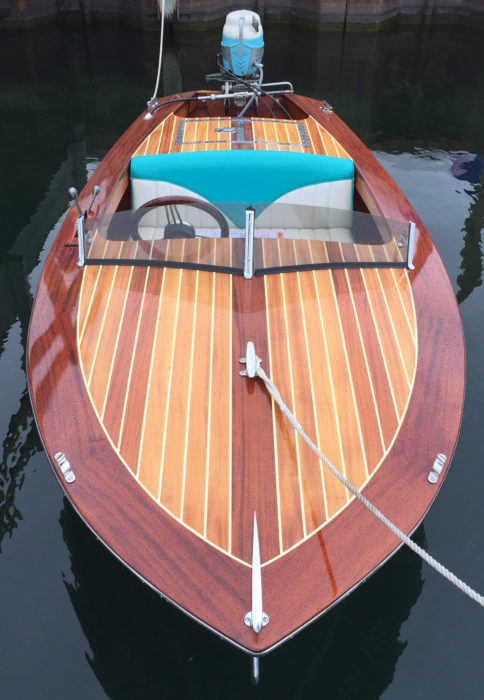 Photographs by the author
Photographs by the author
Join The Conversation
We welcome your comments about this article. If you’d like to include a photo or a video with your comment, please email the file or link.
One thought on “Water-based Wood Dye”
Leave a Reply
Stay On Course

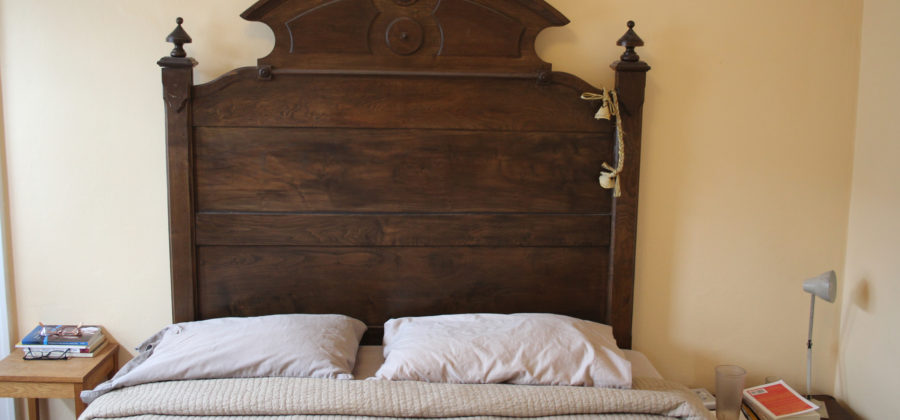
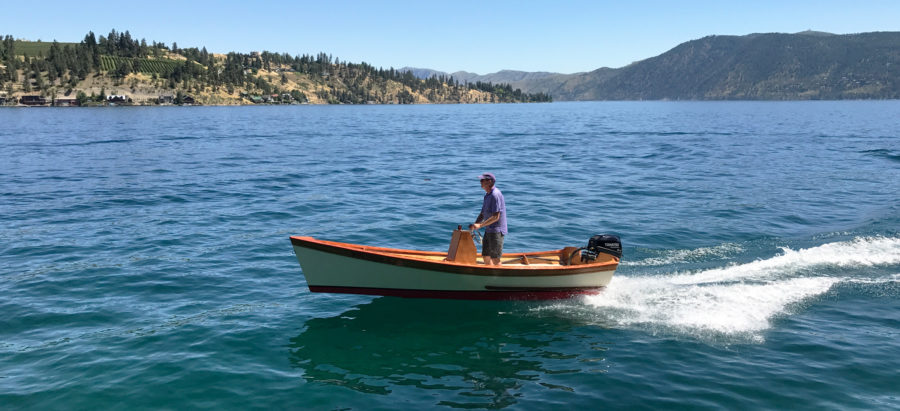


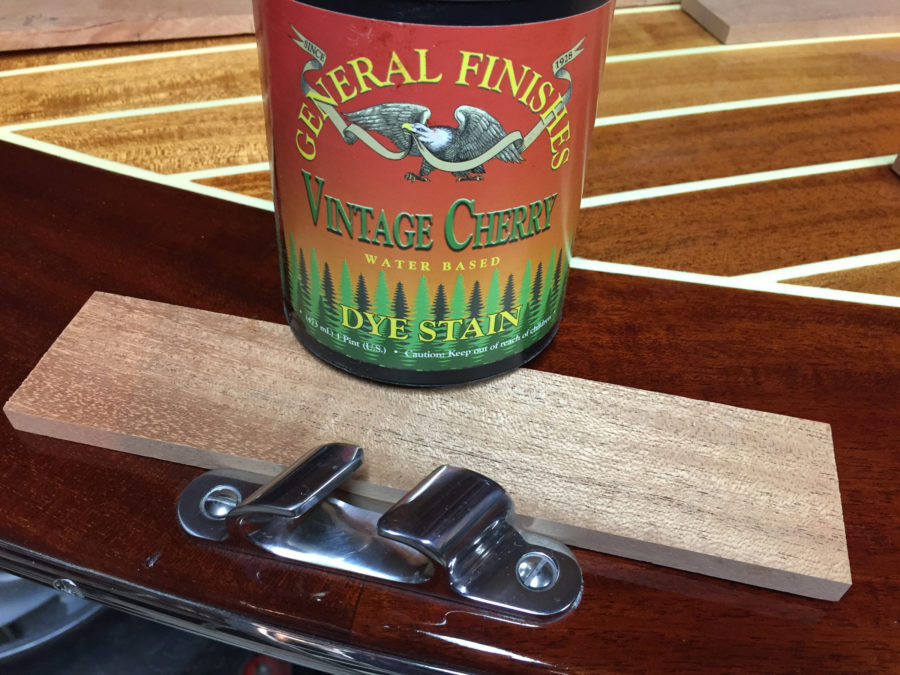
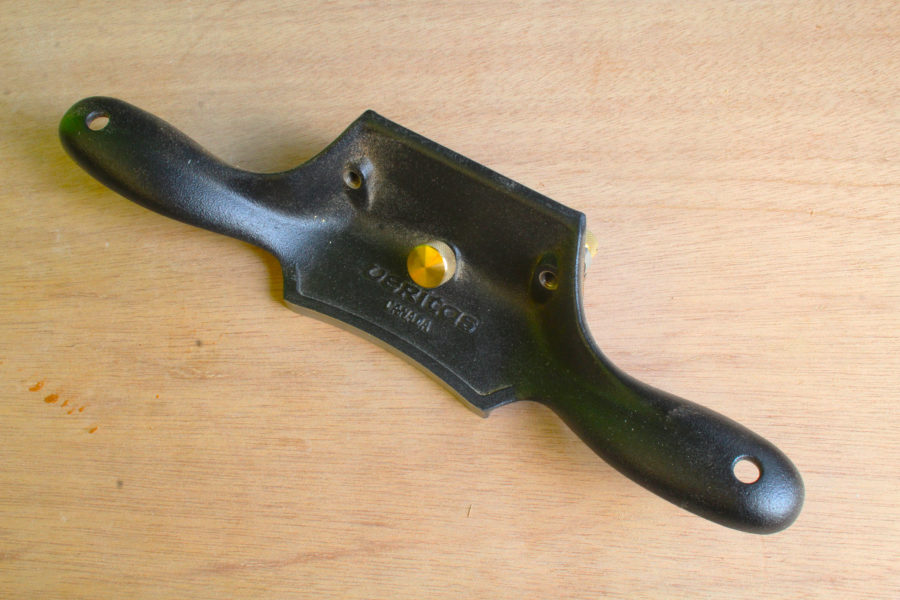
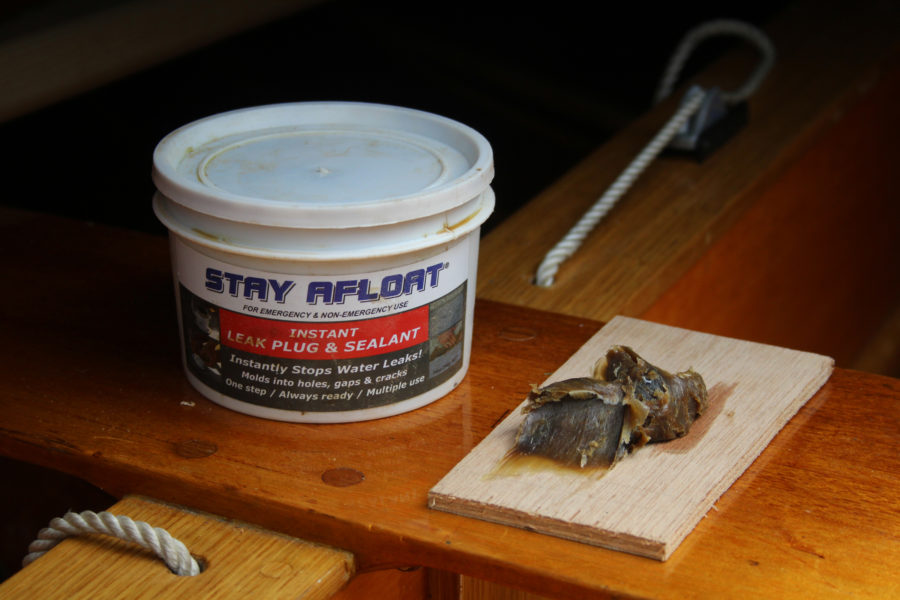
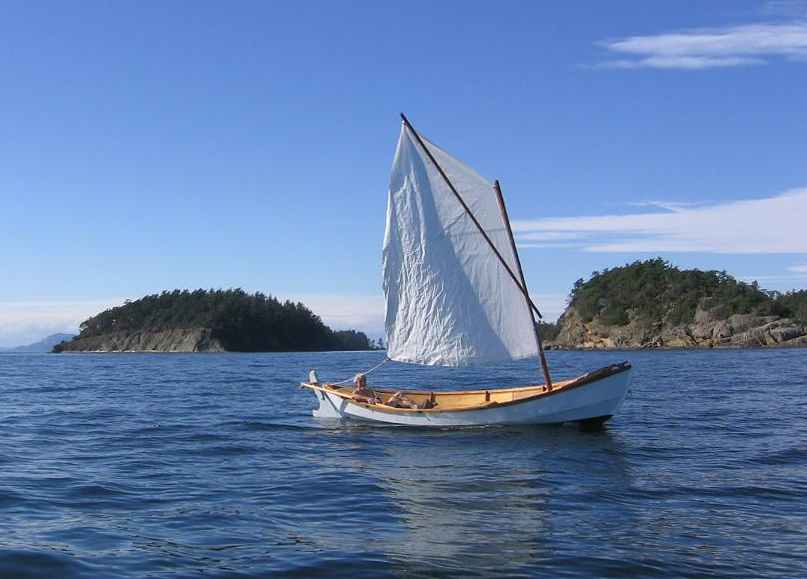
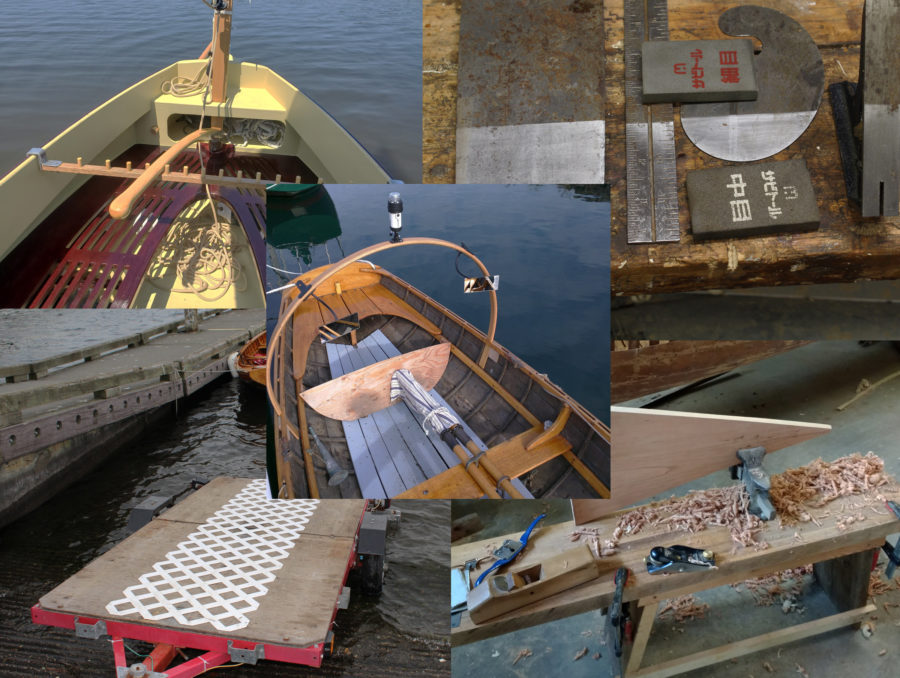
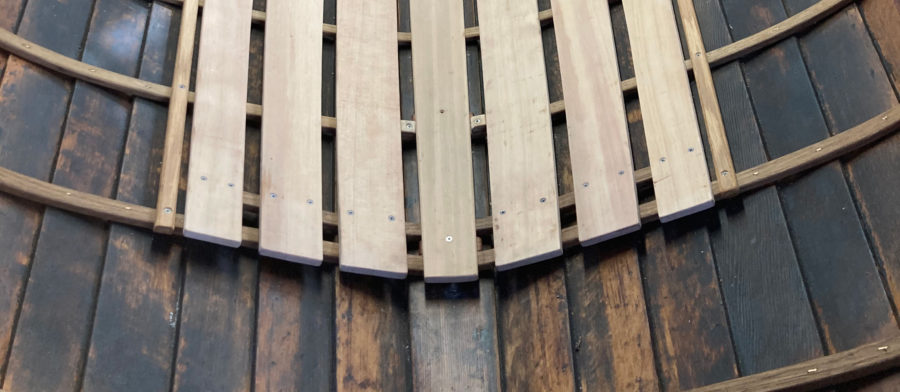
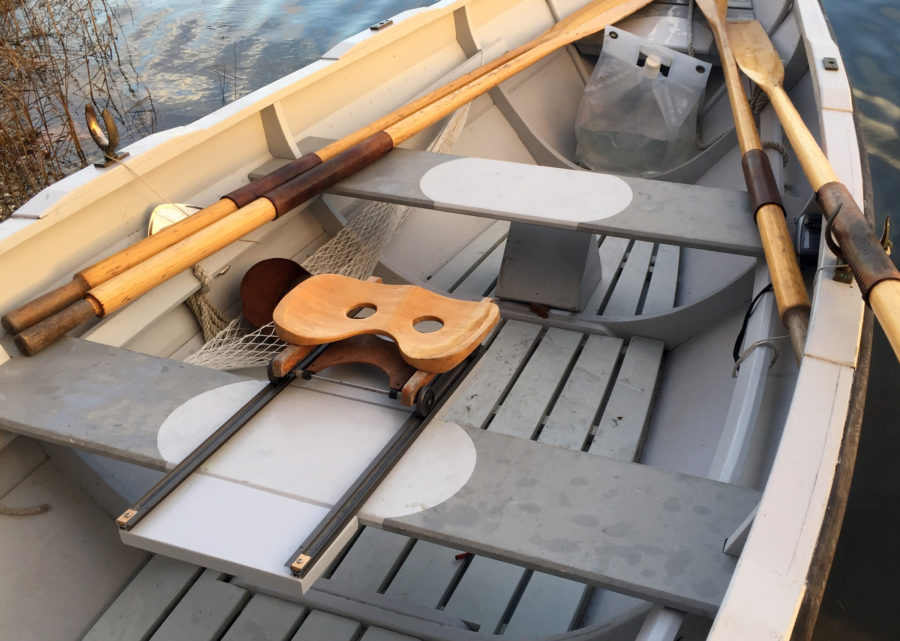
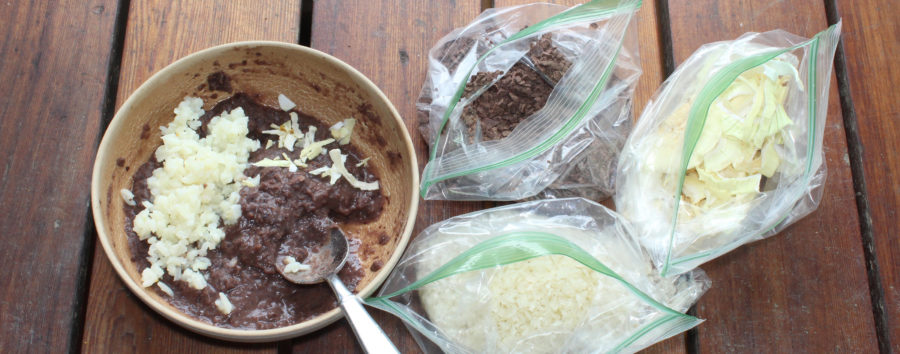
I am building a bamboo cycle and was interested in your article of the boat deck, finished in General Finishes products. Could you tell me about the products you used? I require the stain, where I’ve filled the epoxy resin on the hemp, where the bamboo joins. You mentioned finishing with clear epoxy and varnish, can you tell me which of the products used?
Many thanks